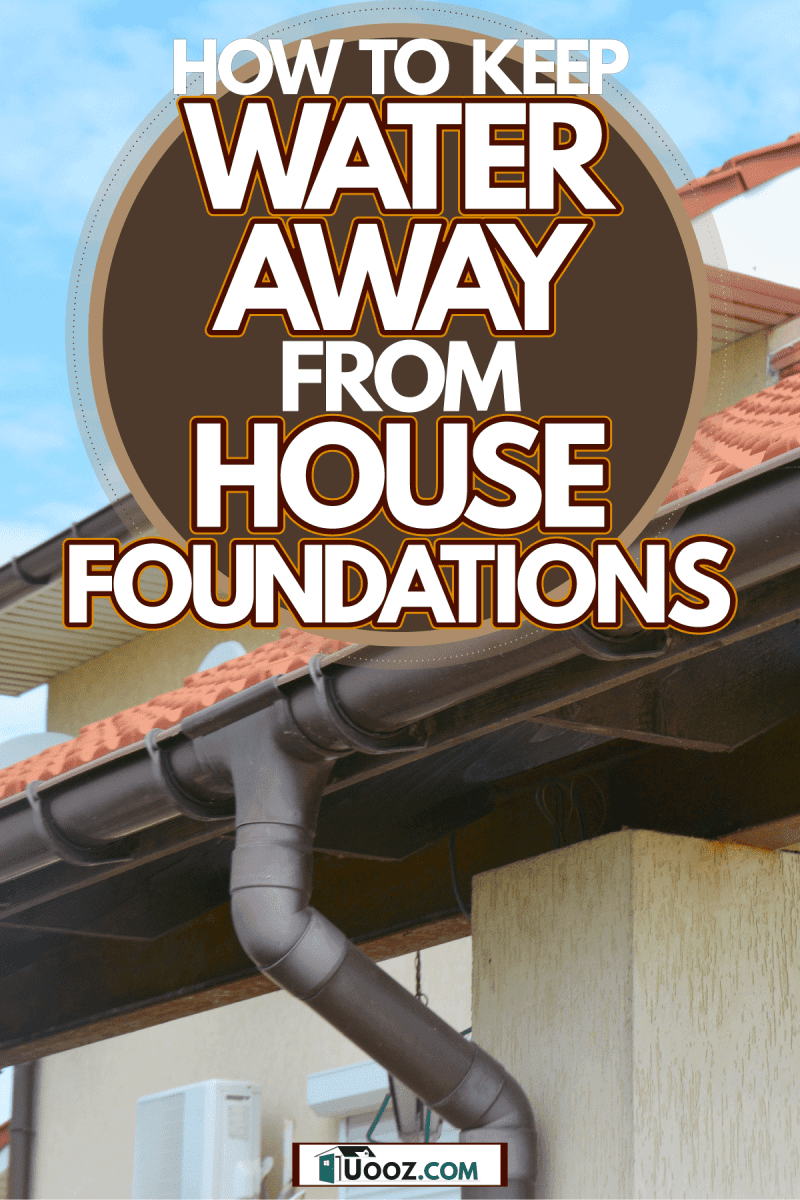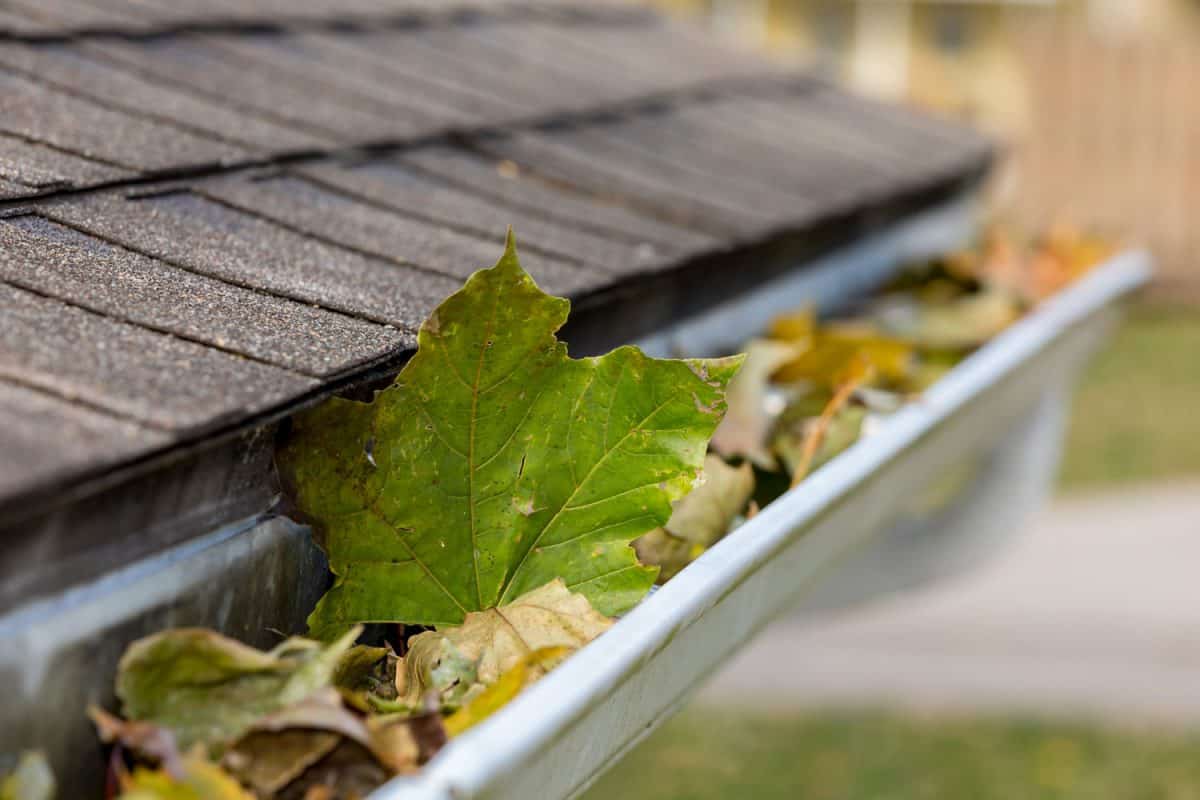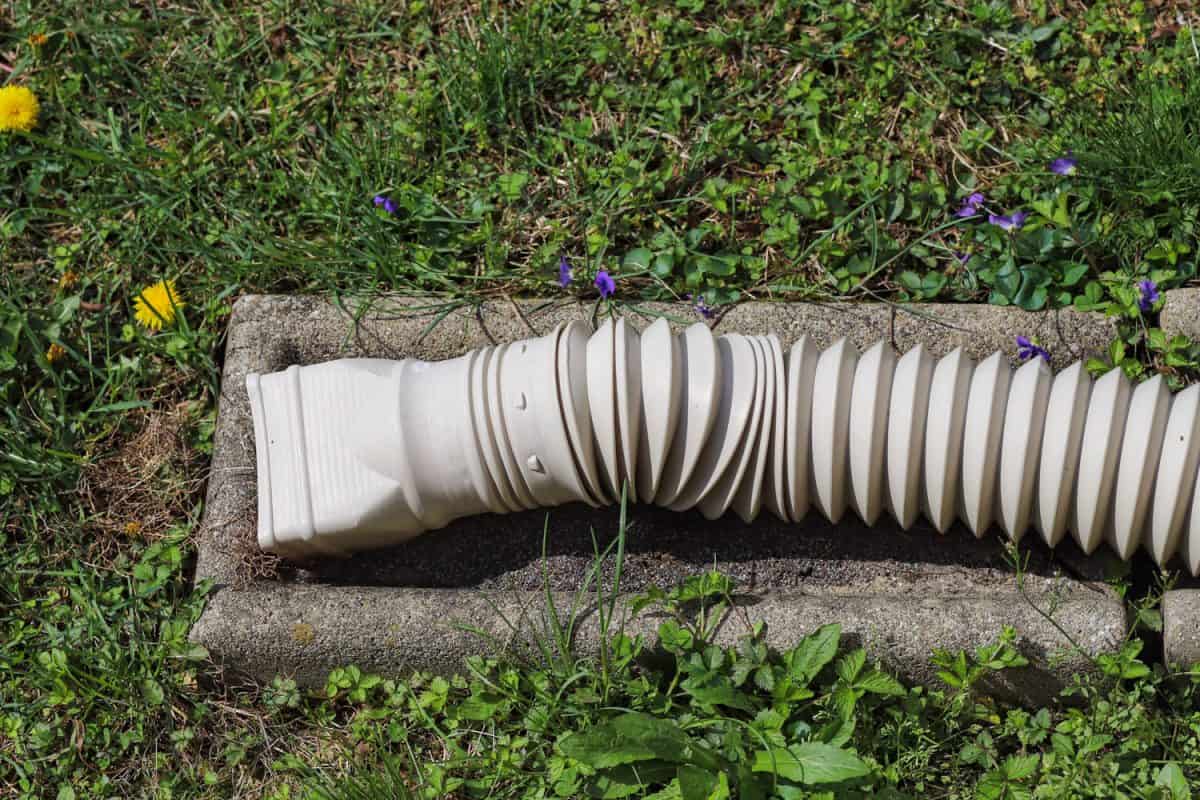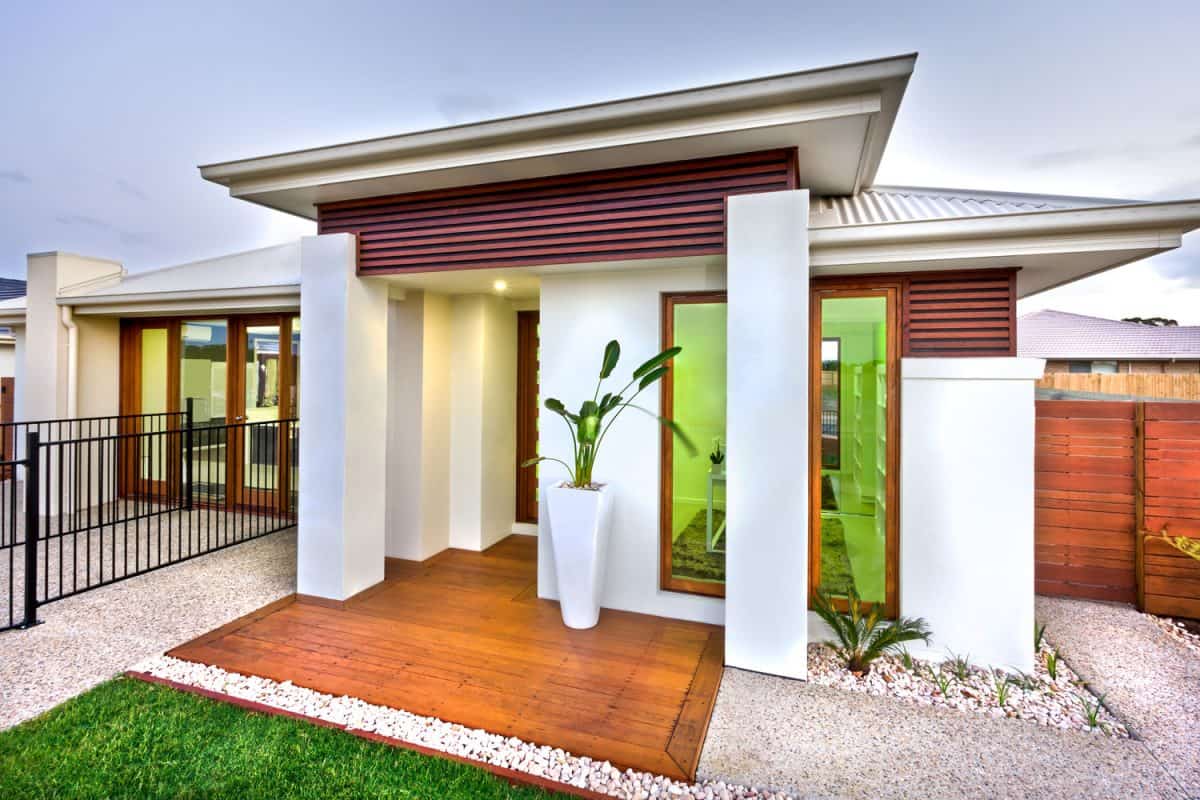Water can cause all sorts of problems if allowed to pool around your foundation. From leaks to deterioration, these are all issues you'll want to avoid. So, what should you do to keep water away from your foundation? Well, we've researched the topic in-depth and have some solutions for you.
Keep water away from your home's foundation by:
- Installing and maintaining gutters
- Adding downspout extensions
- Using a sump pump
- Grading your yard
- Installing a french drain
- Adding a rain garden
- Using gravel
Now you know some steps you can take to redirect water around your home's foundation. However, you should keep reading as we go into further detail about each one. We'll also answer some other questions you might have about keeping water away from your home.

What can water do to a home's foundation?
Before we begin discussing the ways you can keep water away from a house foundation, let's discuss why you need to and why it should be a priority.
If the soil around your home is too saturated, it will expand and add pressure to the walls of your foundation. This added pressure can cause cracks to form which will then result in leaks.
If water continues to move and flow under your foundation, it can lead to erosion of the soil. When the soil begins to erode, it can lead to your foundation shifting or sinking.
In order to prevent this from happening, you need to make sure your home's foundation is protected from too much water.
How do I protect my home's foundation from water?
Let's talk more about the methods we listed above. Some of these methods involve purchasing equipment or systems that will help keep water away, while others include changing the landscape of your yard.
Some will be easier and more cost-efficient than others, but hopefully, after learning about each one, you'll be able to choose the method that will work best for you.
Installing and Maintaining A Gutter System

Every home is built with a gutter system, but if for some reason your home doesn't have one, you should definitely install one. Gutter systems help divert rain from the roof and away from the home. It's important to keep gutters clean and free from debris such as leaves so the water can flow successfully.
Adding Downspout Extensions

If your gutter systems work but water still seems to pool at the bottom, you can add downspout extensions. Downspout extensions are long flexible tubes that can be added to the end of your downspout.
They will help redirect the water away from the base of your home. Extensions are very affordable and a great first step to take. The only downside is they can be considered unsightly.
Click here to see this downspout extension on Amazon.
Using A Sump Pump
If you have a basement in your home, you may already have one of these installed. However, if you're in the process of building a home with a basement, a sump pump is crucial.
A sump pump will pump water that has pooled in the sump basin away from your home. This will help prevent the buildup of water around the foundation of your home and reduce the risk of flooding.
Click here to see this sump pump on Amazon.
Grading Your Yard
Yard grading is when you change the grade of your yard either to sloped or be level. When it comes to drainage, you'll likely choose to regrade your yard to slope away from your house.
Sloping the yard away from your house allows water to run down and away from your foundation. It's important to keep in mind that not every yard is re-gradable.
In order to regrade your yard, you will need enough space to add soil higher than the current highest point of your yard while also allowing 6-8 inches of your home's foundation to still show.
Installing A French Drain
If grading your yard isn't an option, you may be able to install a French drain. French drains consist of a ditch, a layer of gravel, and drain pipes that have holes in them.
French drains encourage water to drain naturally from your yard and around your home. Home Depot has a great tutorial to help you install one in your own yard.
If you'd like to see how a French drain works, check out this great demonstration video on YouTube:
Adding A Rain Garden
Another option for those of you with a green thumb is to add a rain garden. Rain gardens, especially when composed of the right plants, can help reduce the buildup of rainwater throughout your yard. They are not only practical but aesthetically pleasing and great for the local wildlife.
Since not all plants absorb water the same amount, you should research the best plants for your area and the best plants to help with drainage problems.
Filling your rain garden with rain-absorbing plants is the goal. Just remember to plant the rain garden at least 10 feet from the foundation of your home, or you may increase the chance of water collecting around it.
Do plants help keep water away from the foundation?
Plants can help keep water away from the foundation but can also pull water towards it depending on the type of plant. Plants that absorb water at a high rate can help take care of drainage problems in your yard.
However, as we mentioned in our previous paragraph about rain gardens, plants with a high absorption rate should be kept away from the home's foundation. If planted near the foundation, they could draw water towards it.
Using Gravel
Adding drainage gravel to water-prone areas near your home can encourage the water to drain faster. This is because water drains much more quickly through gravel than through soil. Consider adding two to three inches of gravel to areas with poor drainage in order to be successful.
Will gravel around the house help drainage?

If the poor drainage areas are directly around your house, you should consider adding gravel beds around the sides. However, you should only add gravel if the rest of your yard slopes away from the house.
If the yard does not slope, the gravel may actually do the opposite of help and actually prevent water from draining correctly.
How do I protect my foundation with landscaping?
We've given you lots of suggestions on how to use landscaping to direct water away from your foundation. However, there are other ways your foundation might need protecting, and landscaping can help with that too.
Plant Trees Away From Your Home
To protect your foundation even more, make sure to plant trees away from your home. Roots won't damage a foundation by themselves, but if given the opportunity to do so, they may begin to grow through cracks.
Keeping The Yard Adequately Watered
Just as an abundance of water can damage a home's foundation, so can too little. It's important to try and keep the moisture of your soil the same year-round. As moisture levels change, the soil will expand and contract which can lead to pressure on your foundation. This may result in cracks.
Leave Some Of The Foundation Exposed
When you choose to add landscaping around your foundation, make sure to leave some of the foundation exposed. Keeping at least 6 to 8 inches of your foundation uncovered will help increase airflow and decrease problems with moisture.
How do I stop my yard from flooding when it rains?
Yards will flood if there is improper drainage. To stop your yard from flooding when it rains, you can follow some of the draining methods we discussed earlier. Sloping or leveling your yard can help prevent water from pooling. You can also plant trees or shrubs to help with water absorption.
Avoid Concreting Your Yard
Some other tips we haven't previously discussed include avoiding too much concrete in your landscaping. Concrete obviously does not absorb water but rather directs it to other spots. Rainwater that runs off the concrete can pool in other areas, causing your yard to flood.
Add Mulch
Mulch can help by absorbing the rainwater. Consider adding mulch to low-lying areas of your yard. Just be sure to keep it at least half a foot away from the foundation of your house so it doesn't pull water towards it.
Final Thoughts
Hopefully, our article has helped provide you with some ideas to help reduce the water around your home. Some of the methods are extremely inexpensive to try while others might be more of a bigger project.
That being said, we've given you several methods to consider and, with luck, your foundation will soon be kept as dry as possible. Good luck!
For more reading on the topic of your home's foundation, check out some of our other blog posts here:
Can Tree Roots Or Bamboo Damage A House Foundation?
Can Moles Ruin My House Foundation? [Including 5 Methods To Rid & Deter Moles]


